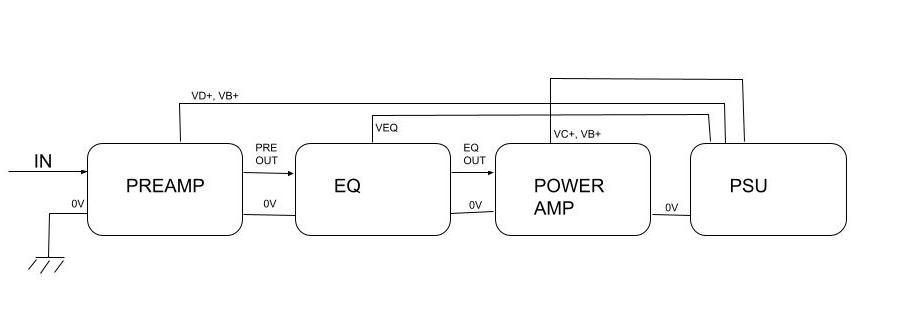Hello - I've been trying to convert my IIB HRG to a IIC+ by making my own preamp boards and have failed twice so far. I've ended up with a ground loop / buzz that I can't tolerate so I've stripped the amp down again.
Can anyone help me understand the grounding on the switching please? I think the 1N5352 and the 470uF 16V cap are grounded back to the PT bolt or the power supply card ground, but it looks like the 6.2V zeners / pull lead switch are grounded to the signal ground pour on the preamp board? I can't follow the preamp ground pour as it's hidden under or obscured by components in the pictures I've seen.
Any help would be greatly appreciated!
Can anyone help me understand the grounding on the switching please? I think the 1N5352 and the 470uF 16V cap are grounded back to the PT bolt or the power supply card ground, but it looks like the 6.2V zeners / pull lead switch are grounded to the signal ground pour on the preamp board? I can't follow the preamp ground pour as it's hidden under or obscured by components in the pictures I've seen.
Any help would be greatly appreciated!

























